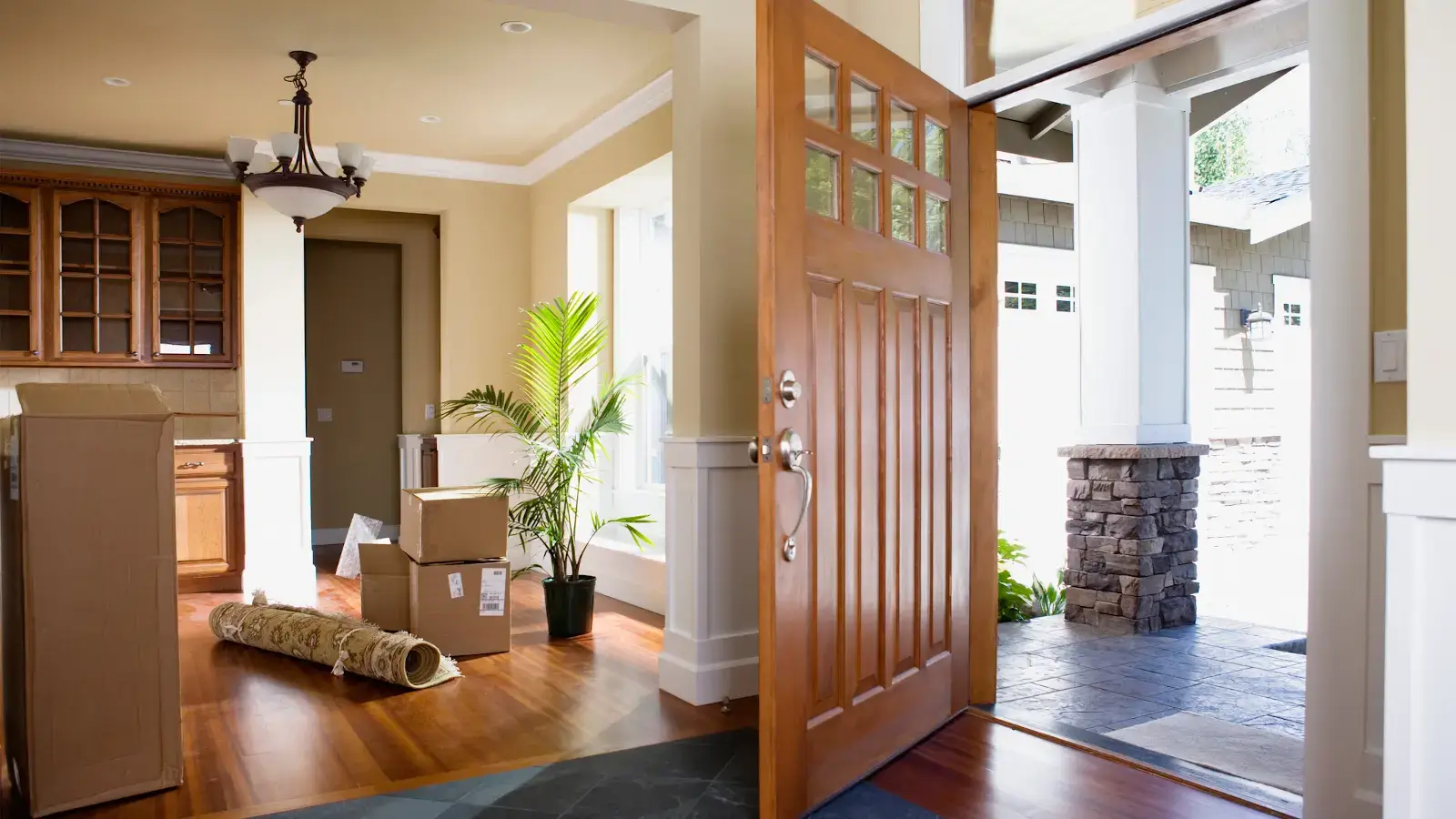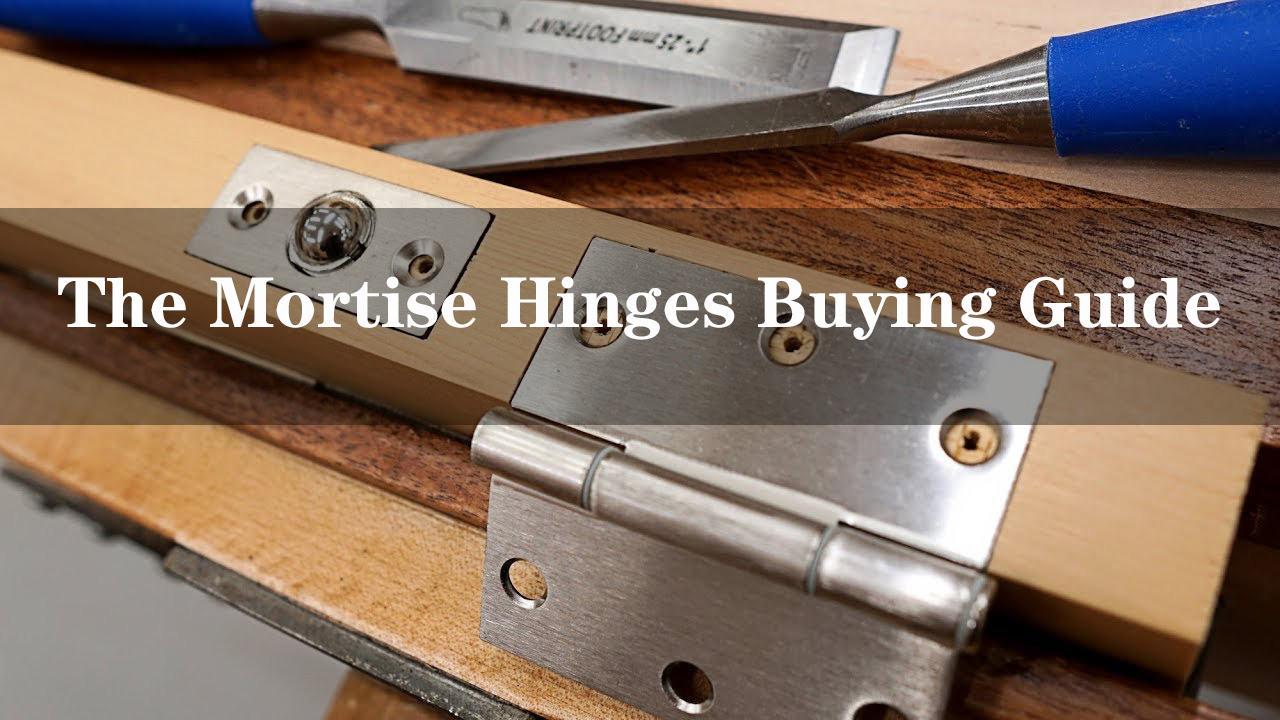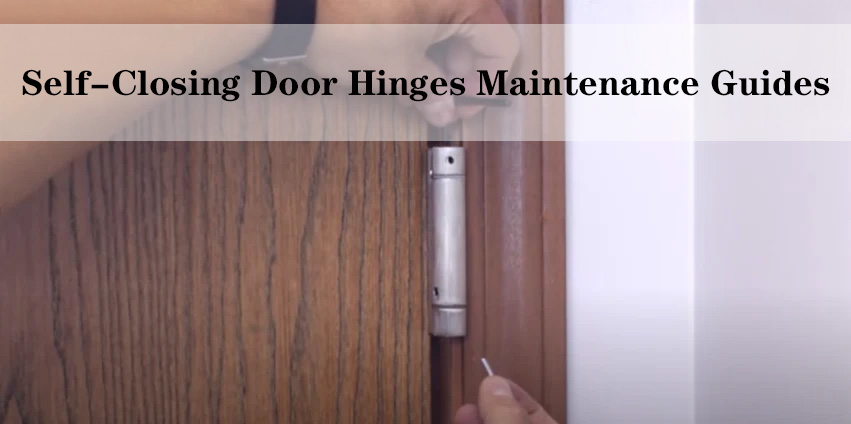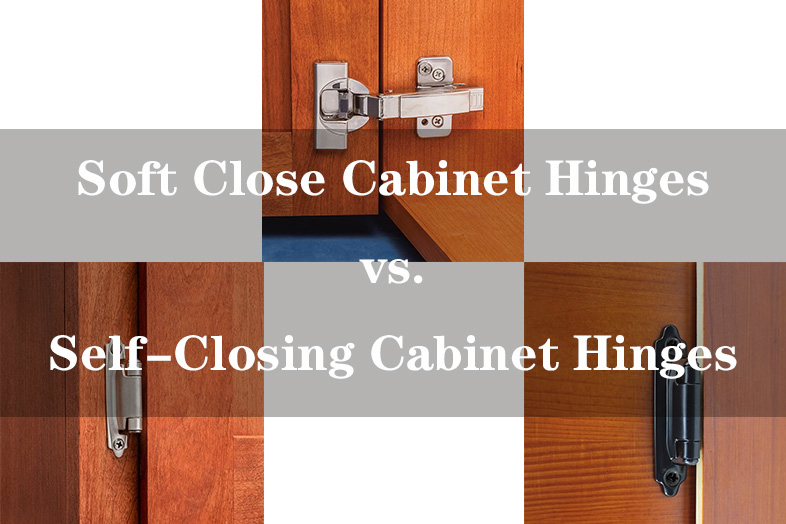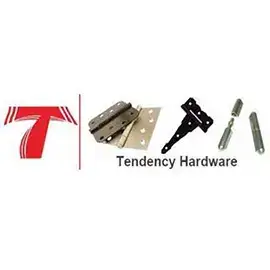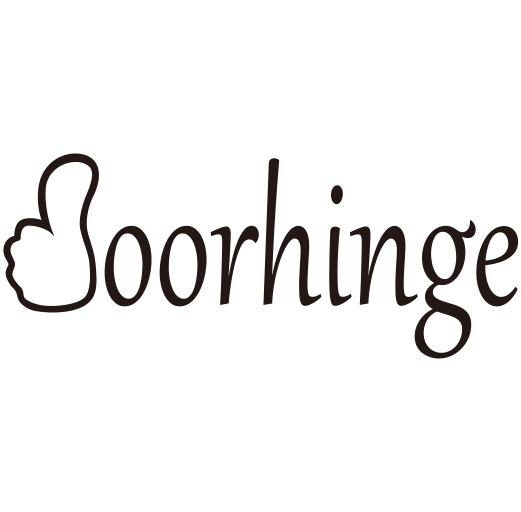Butt hinges, the traditional and most common type of hinge used in homes, play a crucial role in our daily lives, often without us even realizing it. These hinges are integral to the smooth and effective functioning of doors and cabinets, making them essential components in both residential and commercial buildings. Their simple design belies their importance; a door that doesn’t open or close properly can be a source of constant irritation and can even affect the security and energy efficiency of a home. However, despite their sturdy construction, butt hinges are not immune to wear and tear. Over time, they may develop issues such as squeaking, sticking, or misalignment. This blog aims to arm homeowners with practical knowledge and tips to address these common problems, ensuring the longevity and smooth operation of their doors.
Understanding Butt Hinges
To effectively tackle issues with butt hinges, it’s essential first to understand their structure and how they function. A butt hinge typically comprises two rectangular metal plates, known as leaves. These leaves are joined together by a central pin or rod, which allows them to pivot. One leaf is usually attached to the door’s edge, while the other is fastened to the door frame. This arrangement allows the door to swing open or closed with ease.
The design of a butt hinge is both simple and ingenious. It operates on the principle of a pivot, with the pin acting as the fulcrum. The smooth movement of the hinge depends on the seamless interaction between the pin and the leaves. Each leaf has a series of holes, usually in a uniform pattern, which are used to secure the hinge with screws. The material of these hinges can vary, with common options being brass, steel, or stainless steel, each offering different aesthetic and functional benefits.
Key Features of Butt Hinges
Versatility: Butt hinges are suitable for a wide range of applications, from heavy exterior doors to lightweight cabinet doors.
Durability: Made typically from robust materials, these hinges are built to withstand frequent use and heavy loads.
Aesthetics: They come in various finishes, allowing them to blend seamlessly with different door styles and decors.
Simplicity: The straightforward design of butt hinges makes them relatively easy to install and maintain.
Common Issues and Their Solutions
1. Squeaking Hinges

Cause: The friction that causes squeaking usually occurs when the lubrication between the hinge pin and the plates has diminished. This can be due to aging, environmental factors, or simply the hinge wearing out over time.
Solution: First, identify the hinge that is causing the noise. Then, remove the pin by gently tapping it out with a hammer and a nail. Once removed, clean any dirt or grime off the pin and the inside of the hinge with a cloth. Apply a lubricant such as WD-40 or petroleum jelly generously to the pin and inside the hinge. Wipe away any excess lubricant, as it can attract dirt. Carefully reinsert the pin and open and close the door a few times to distribute the lubricant evenly.
2. Loose Hinges

Cause: Hinges become loose over time due to the constant motion of opening and closing the door, which can cause the screws to gradually unscrew themselves. In some cases, wood contraction and expansion can also contribute to loosening.
Solution: Tighten the screws firmly with the appropriate screwdriver. If the screws continue to spin without tightening, they may be stripped. In this case, remove them and slightly enlarge the holes using a small drill bit. Dip wooden toothpicks or matchsticks in a strong wood glue, insert them into the holes, and break them off flush with the surface. Once the glue is dry, re-drill pilot holes and reattach the hinge with the screws.
3. Door Sticking or Misalignment

Cause: Natural house settling can cause frames to shift slightly, leading to misalignment. Similarly, changes in humidity can cause wood to expand or contract, affecting how the door fits in its frame.
Solution: If the door rubs at the top, you might need to raise the opposite hinge. Conversely, if it rubs at the bottom, lower the same-side hinge. To adjust, slightly loosen the screws and insert thin cardboard or plastic shims behind the hinge plates to realign the door. If the door is significantly misaligned, you may need to remove the hinges and reposition them entirely.
4. Rusted or Corroded Hinges

Cause: Rust and corrosion are common in areas with high humidity or in doors exposed to moisture, like bathroom doors or external doors.
Solution: First, remove the hinge from the door and frame. Use steel wool or fine-grit sandpaper to gently scrub away the rust. If the hinge is severely corroded, it’s best to replace it to ensure the door’s safety and functionality. After cleaning, apply a protective lubricant to prevent future rust.
5. Door Slamming
Cause: The door may close too quickly due to an imbalance or high tension in the hinges. This issue can arise from incorrect installation, wear and tear, or even changes in the home’s structure and foundation. The imbalance causes the door to gain momentum, leading to a slamming effect, which can be both annoying and potentially damaging to the door and frame.
Solution: If you don’t have self-closing hinges, you can adjust the tension by tightening or loosening the pin. This process might need a hex key or a screwdriver, depending on the type of hinge. Here’s a step-by-step approach:
6. Paint-Stuck Hinges
Cause: Accidental painting over hinges is a common issue during door or frame painting projects. Paint can seep into the hinge’s crevices, causing stiffness, squeaking, or even immobilizing the hinge. It also detracts from the hinge’s aesthetic, potentially leading to rust under the layer of paint.
Solution: Carefully remove the paint using a paint stripper or by gently scraping it off with a razor blade. Here are detailed steps to ensure you do it safely and effectively:
Maintenance Tips
Regular Lubrication
Lubrication is crucial in maintaining the longevity and functionality of your butt hinges. It’s recommended to lubricate them at least once a year, or more frequently if you notice any squeaking. When lubricating:
Choose the Right Lubricant: A silicone-based lubricant is often recommended because it doesn’t attract dirt. However, household items like petroleum jelly can also be effective.

Application Method: Apply the lubricant directly to the hinge pin and the areas where the plates pivot. Open and close the door several times to ensure the lubricant spreads evenly.
Check for Tightness
Loose screws can lead to misaligned doors and increased wear on the hinge. To maintain tightness:
Regular Inspection: Once every few months, check the tightness of the hinge screws.
Proper Tools: Use a screwdriver that properly fits the screw heads to avoid stripping them.
Avoid Over-tightening: While it’s important to ensure screws are tight, over-tightening can strip the screw holes or damage the hinge.
Clean Hinges
Dust, dirt, and grime can cause premature wear and even rust on your hinges. To clean them:
Regular Cleaning: Wipe down your hinges with a dry cloth regularly to remove surface dust.
Deep Cleaning: For a deeper clean, use a mild soap and water solution, but be sure to dry the hinges thoroughly afterward to prevent rusting.
Avoid Harsh Chemicals: Harsh chemicals can damage the finish of your hinges, so stick to mild cleaning solutions.
When to Replace
If the maintenance tips don’t resolve your hinge issues, it might be time for a replacement. When selecting new hinges:
Consider Door Weight and Size: Heavier doors require sturdier hinges. Ensure the new hinges can support the weight and size of your door.
Material and Finish: Choose a material that suits the environment (e.g., stainless steel for moisture-prone areas). The finish should complement your door and home décor. Options range from brass to matte black.
Hinge Type: If you’re replacing butt hinges, consider if a different type of hinge, like a ball bearing hinge, might better suit your needs, especially for heavier doors.
Installation Compatibility: Check that the new hinges fit the existing cut-outs and screw holes, or be prepared to make adjustments.
Conclusion
Understanding and addressing common issues with butt hinges is key to ensuring the smooth operation of your doors. With regular maintenance, such as lubrication, tightening, and cleaning, butt hinges can remain functional and effective for many years. This proactive approach not only eases daily use but also preserves the integrity and aesthetic appeal of your doors.
When maintenance isn’t enough, replacing your hinges becomes necessary. Choosing the right hinges for your door’s weight, size, and style is crucial for long-term performance and visual harmony in your home. Remember, the right care and choice of hardware can significantly impact the functionality and aesthetic of your living space, enhancing both the practicality and comfort of your home environment.
